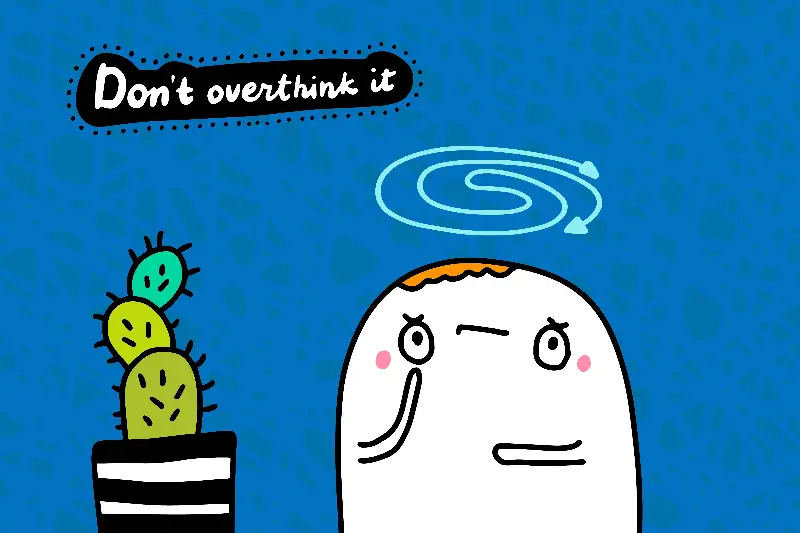
Imagine your thoughts spinning like a carousel—round and round, each idea morphing into countless possibilities, fears, and “what ifs”. Overthinking isn’t merely excessive worry—it’s an exhausting mental cycle that can sap your energy and muddle your focus, no matter your age or background.
The Stealthy Triggers Beneath the Surface
You might think overthinking starts with a major crisis, but the truth is, it often sneaks up in quieter moments. Hidden triggers can sprout from even seemingly harmless situations, such as:
- Receiving a vague message from a friend
- Facing a minor setback at work or in studies
- Preparing for an upcoming presentation or exam
- Reflecting on past social interactions
What’s fascinating? Our brains evolved to search for threats and solutions, but in the modern world, this ancient circuitry can misfire. A perfectly ordinary situation might look like a problem to solve, setting off an endless spiral of “what did I do wrong?” or “what if I fail?”

The Science of Thought Loops and Why We Get Stuck
Have you ever replayed an awkward conversation, again and again, as if searching for a hidden clue? That’s not a sign of weakness—it’s a sign your brain is caught in a neural loop.
Neuroscientists have shown that during overthinking, key areas like the prefrontal cortex (responsible for planning and decision-making) and the amygdala (linked to emotion) dance in unhelpful sync. As your mind re-examines the same thoughts, your stress response can stay switched on, causing real physiological symptoms:
- Racing heart and shallow breathing
- Restless sleep
- Trouble concentrating
- Physical tension in the neck or shoulders
Overthinking can feel like trying to untangle a knot by pulling harder—sometimes, you only make the snarl worse.
Gentle but Powerful Ways Back to Calm
Breaking free from the grip of overthinking doesn’t require monumental effort. In fact, it’s the softer approaches that often work best. Here are tried-and-true methods recommended by educators, psychologists, and mindfulness experts:
- Ground Yourself in the Present
- Notice five things you see, four you feel, three you hear, two you smell, and one you taste. This classic “5-4-3-2-1” exercise can disrupt repetitive thoughts in seconds.
- Set a Worry Window
- Give yourself ten minutes a day to ponder concerns—then commit to letting them go outside that window.
- Shift Your Perspective
- Ask, “Will this matter a year from now?” or, “What’s a kinder way to interpret this?”
- Jot It Down
- Writing worries down can externalise them, making the mind feel lighter and more orderly.
- Move Your Body
- Take a brisk walk, dance, or stretch. Physical movement can redirect stuck mental energy.
- Embrace Imperfection
- Remind yourself: making mistakes is part of learning—overthinking never protects you from being human.
Small Steps, Big Change: Learning the Art of Letting Go
Learning not to overthink is a gentle, ongoing practice—not a race. It’s about noticing your thought loops with curiosity, not criticism. The next time your mind runs wild, imagine you’re watching clouds drift by, rather than chasing after every shape.
Ultimately, every moment spent gently returning to calm is a victory for your wellbeing and your education—because a clear, rested mind learns and lives better. What hidden triggers could you gently uncover in your own daily routine, and which small habits might guide you, step by step, out of the spiral and into a quieter, kinder clarity?
